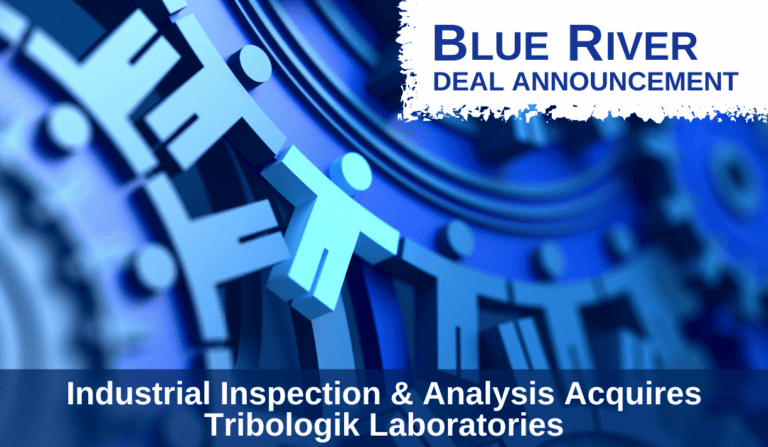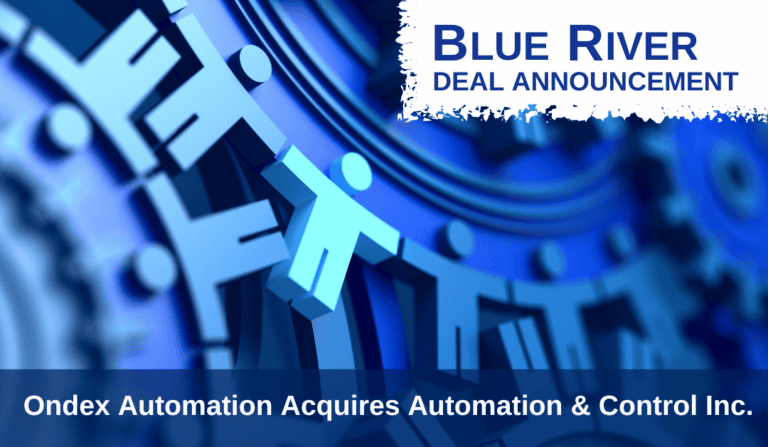A remarkably bright owner was interviewing investment bankers to represent his company in a sale. Unfortunately, he became a prisoner to his own bad thinking. He shared transactions in his industry were trading at multiples between 15 to 16 times earnings before interest, taxes, depreciation, and amortization (EBITDA). As a professional investment banker and certified business appraiser, I recognized 15 to 16 times EBITDA to be at the high end of the middle market valuation spectrum. Such multiples were reserved for large, fast growing companies with recurring revenue streams in high growth industries (e.g., medical device manufacturing or software). The company in question built fast-moving conveyor systems for the expedited delivery industry. The company’s EBITDA averaged $4 million for the previous three years but was projected to reach $6 million in the coming year due to two new major projects. All of the company’s revenues came from 3 customers. The owner was absolutely convinced that the value of his business was $96 million (16 X $6 million EBITDA). When asked if he had evidence to support his expectation, he shared that a private equity firm had recently acquired several companies like his at 16X according to industry rumors.
I was dubious of the seller’s understanding of the EBITDA multiple due to the nature of his business, i.e., project-oriented revenues, extreme customer concentration, anemic historical financial performance, etc. I knew some of the people at the private equity firm that acquired the other businesses referenced by the owner, so I called the lead partner on the deals. On the condition of confidentiality, the partner confirmed that the acquired businesses were very comparable to the hypothetical company I described. He also shared the following:
- Deal #1: Platform Investment – The first and lead investment in the space was acquired for $200 million. The company’s EBITDA averaged $25 million for the previous 3-years. The PE firm paid 8X on $25 million EBITDA for a total purchase price of $200 million.
- Deal #2: Add-on to the platform – The second company acquired was smaller and would be merged into the platform business. The add-on company’s EBITDA averaged $8 million for the previous 3-years. The PE firm paid 7X on $8 million for a total purchase price of $56 million.
- Deal #3: Add-on to the platform – The third acquired company averaged $6 million of EBITDA for the previous 3-years. The PE firm paid 6X on $6 million for a total purchase price of $36 million.
- Deal #4: Add on to the platform – The fourth acquisition averaged $4 million of EBITDA for the previous 3-years. The PE firm paid 5X on $4 million for a total purchase price of $20 million.
| Deal Type | EBITDA | EBITDA Multiple | Purchase Price |
| Platform Investment | $25m | 8X | $200m |
| Add-on Investment | $8m | 7X | $56m |
| Add-on Investment | $6m | 6X | $36m |
| Add-on Investment | $4m | 5X | $20m |
| Subject Company | $4m to $6m | ?? | ?? |
If one were to compare the owner’s business to actual transaction data, the implied multiple of EBITDA would be somewhere between 5X and 7X. If one used the 3-year historical EBITDA average of $4 million, the implied price range would be between $20 million (5 X $4m) and $28 million (7 X $4m). Even if the buyer was willing to use the forecast $6 million EBITDA as the appropriate benefit stream, the highest implied value would be $42 million (7 X $6m).
The above information was presented to debunk faulty market rumors, but the owner would not listen. He preferred to trust unverified industry rumors over reports from the actual buyer that created the comparable transactions.
When people hold things to be true that are not true, especially in the realm of business value, unwise decisions naturally follow. With his head in the clouds, the owner hired an M&A broker willing to present the business to the market at the high value. Over the course of a year, the broker was unable to find a single buyer willing to submit an offer approaching the seller’s expectations.
After a year on the market, the company lost one of its large accounts to a competitor – a competitor that had reviewed the seller’s marketing materials under the terms of a Confidentiality Agreement. While the owner could never prove the competitor violated the Confidentiality Agreement, he was sure confidential information was used to win the account. The company’s revenues and earnings declined precipitously with the loss of the major customer. The trailing 12-month adjusted EBITDA declined to $2.5 million.
The owner then asked my firm to represent him. He assured us that his price expectations had been tempered and he now believed market multiples were in the 10X range not 16X. I reminded him that larger companies had recently sold at 5X. I pointed out that his company’s revenues and earnings were drastically lower and its customer concentration had only intensified by going from three to two. Not swayed by my reasoning, the owner insisted that he could get 10X on $2.5 million EBITDA. We declined the assignment. To my knowledge, the company never sold.
William Loftis
Managing Partner















